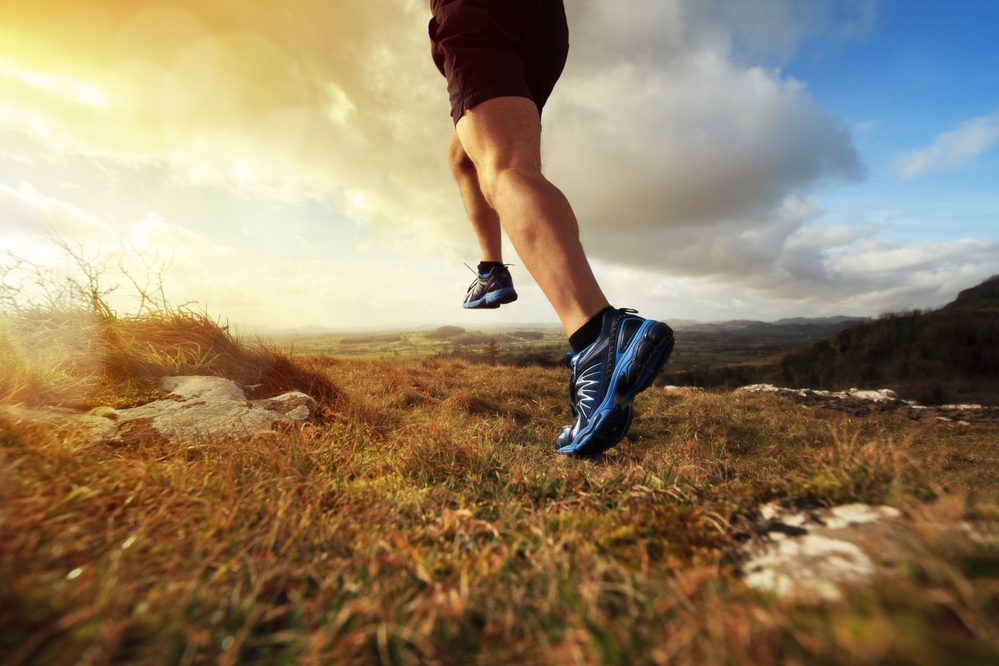
“The purpose of training is to tighten up the slack, toughen the body, and polish the spirit.” – Morihei Ueshiba
For many people, exercise and working out is as essential to their mental health as it is for their physical well-being. But there are times and seasons when simply finding a space to do so is a challenge.
The Challenges Exercising in the Great Outdoors This Summer
On the eve of Autumn, we find ourselves still confronted with an ongoing coronavirus concern and the subsequent restrictions and precautions. In addition, all along the western half of the country we are battling ash, smoke, and varying degrees of unhealthy air quality.
And, if all this were not enough, it’s been one of the hottest summers on record.
Unfortunately, thousands of fitness gyms and health clubs have been impacted by the coronavirus and many have responded by holding classes outdoors wherever possible. But that was before the excessive heat and the stifling, dangerous smoke.
So, now a question many people have is, “Is it safe to workout outside?”
According to the National Weather Service, these are the potential risks after prolonged exposure and physical activity:
- Caution (80–90 degrees Fahrenheit): fatigue possible
- Extreme Caution (90–103 degrees): heat stroke, heat cramps, or heat exhaustion possible
- Danger (103–124 degrees): Heat cramps or heat exhaustion likely, and heat stroke possible
- Extreme Danger (125 degrees or higher): heatstroke highly likely
In California, aside from places like Death Valley, the Coachella Valley, and the region near the California-Arizona border, temperatures rarely approach the “Extreme Danger” level of 125 degrees. However, triple digit temperatures are common throughout much of California, including Sonoma County.
In fact, as recently as September 7, 2020 the town of Sonoma experienced a high of 116 degrees!
However, temperature alone doesn’t tell the whole heat story. A metric known as the heat index is based on both relative humidity and the air temperature.
Heat index is a measure of how hot it feels when relative humidity is added to actual air temperature. From this a comfort level is calculated providing categories on how heat conditions might adversely affect someone. Put another way, the higher the relative humidity and the higher the air temperature, the “hotter” the actual heat feels. And, although our bodies naturally cool down through the process of perspiration and evaporation, the higher the relative humidity, the less evaporation occurs, which diminishes the cooling effect.
Consequently, avoiding extreme heat and keeping hydrated is important for everyone for any workout regardless of where and when it takes place. And, of course, this is even more critical when the exercise is done outdoors in the heat.
Smoke Gets In Your Eyes – And Lungs
The abundance of smoke and micro-particulates in the air around California and Sonoma County has led many to actively monitor what is known as the Air Quality Index, or AQI.
The Environmental Protection Agency (EPA) has developed an Air Quality Index that is used to report air quality. This AQI is divided into six color-coded categories indicating increasing levels of health concern:
AQI Values Levels of Health Concern Colors
0 to 50 Good Green
51 to 100 Moderate Yellow
101 to 150 Unhealthy for Sensitive Groups Orange
151 to 200 Unhealthy Red
201 to 300 Very Unhealthy Purple
301 to 500 Hazardous Maroon
According to the EPA,
“Unhealthy” AQI is 151 to 200. Everyone may begin to experience some adverse health effects, and members of the sensitive groups may experience more serious effects. “Very Unhealthy” AQI is 201 to 300. This would trigger a health alert signifying that everyone may experience more serious health effects.
Many of us know from harsh experience that poor air quality can irritate your eyes, nose, and throat, as well as cause shortness of breath. It can also aggravate asthma and other respiratory conditions; you may have and even affect your heart and cardiovascular system.
Breathing polluted air for long periods of time can cause more serious problems. And intense workouts or running outdoors in unhealthy air is even more dangerous. One source has noted that a growing body of research has found the health costs associated with breathing in bad air can counteract the benefits of exercising.
Experiencing Pain After Exercise? Give Us a Call Today
Are you finding yourself increasingly experiencing pain after working out? It could be that you’re doing too much or your body is compensating for an unknown injury as a result of your workouts.
If you are experiencing ongoing pain related to workouts, we invite you to call us for an appointment. During your initial phone consultation and subsequent assessment we will learn all we can about your present pain and condition, along with any history of discomfort, as well as your current level of physical activity and your workout regimens.
Treating and relieving your pain starts once we understand where and how your pain started.
A full examination will help us determine which form of treatment is best suited to get you on your road to recovery. Your trust in us is key, as is your honesty. Ultimately, getting your body healthy and working properly is the only way to achieve total recovery.
Our goal is to work through the sequence of pain and dysfunction to get your body healthy and working properly and to achieve total recovery. Don’t hesitate to reach out. We are here to help and will answer any questions that you may have.
You can reach us at (707) 636-4404 or by filling out our online contact form.